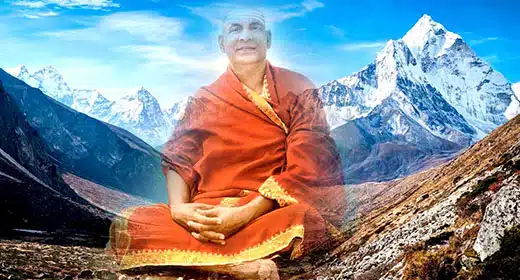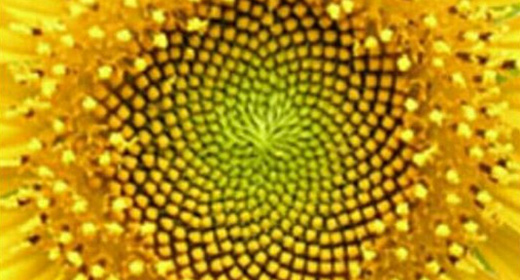by Shunryu Suzuki: For many of you, Zen is some special teaching. But for us, Zen is Buddhism and not a special teaching distinct from the other schools of Buddhism.
 So, if you ask me to talk about our teaching, I will talk mostly about the teaching of Buddhism, which started with Buddha and was developed by various teachers in India, China and Japan.
So, if you ask me to talk about our teaching, I will talk mostly about the teaching of Buddhism, which started with Buddha and was developed by various teachers in India, China and Japan.
Buddha’s teaching put the emphasis on selflessness. Buddhism is not a special cultural heritage. It is part of Indian thought. And so before Buddhism there must have been some similar teachings as well as some contrary teachings which are in opposition to Buddhism. As you see in the Upanishads there are many similar teaching based on selflessness. Why he put the emphasis on selflessness I believe, is because people at that time had a lot of difficulty because of their strong self- belief.
So, Buddha on the contrary put emphasis on selflessness so that we would have a more balanced understanding of our life. And for people who were trying to find the pleasure of life in this actual present world, he put the emphasis on suffering so that they could understand their life from both sides. So, naturally, his teaching of sitting is through form, and the harmony [of self and no self]. So, sometime he put emphasis on self, instead of on selflessness.
We call this teaching the double nature of Buddhism. Without this paradox of two opposite understandings, we cannot think things through clearly. And what we think will be clear only when we take at least two opposite viewpoints.
Then you will have some reality without being caught by a one-sided idea. But mostly, Buddha’s teaching is based on the understanding of selflessness. Later on his teaching settled into some formal doctrines, like everything changes or the teaching of interdependency or the teaching of cause and effect.
In the Mahayana we have a more advanced philosophical presentation of that teaching, from the Kegon [Avatamsaka Sutra], or the Lotus Sutra. The Kegon put emphasis on jijimuge. Jijimuge is the harmony of each being with the truth and the phenomenal world.
And the Lotus Sutra put emphasis on the understanding that you will have after attaining the experience of emptiness. This is something like Zen. Zen extended this kind of idea through practice and brought the philosophical teaching into our actual experience and demonstrated how to bring this philosophical teaching to life by practicing Zen. In short, to wipe up the dust on the mirror, and to see everything in the reflection of the mirror is our way. Or to erase everything from the blackboard and then write something on it, is Zen.
And we continue this kind of activity, to wipe it clean and then write something on it. Because I try to explain it to you more psychologically or more as our human experience, I put it in this way. But actually what we are doing is just to continue this kind of effort. This is, in other words, detachment.
Detachment means here, to erase [separate from] something. But, actually we cannot, erase what we did [laughs]. Actually that is not possible. But, you feel as if you make up everything and you delude yourself. When you are completely absorbed in the activity of your everyday life, you experience this kind of development of our life force. But even though you study Buddhism nothing happens. And nothing happens even [when] you practice zazen. And, when you feel that way-in your practice-that is enlightenment. Mostly it is difficult for us to wipe everything from our mind. And actually there is no need to do so, and it is foolish to eliminate all of what you have done or the result of your previous activity. That is not possible. And it is foolish to try to do that. But there is a way to develop our everyday life without being bothered by our previous activity or the result of that previous activity. This is how I can explain what I have in my mind about the teaching of Zen.
Now, [for example] this one piece of paper has two sides, I want to explain this kind of double structure [or double nature] of our teaching. To me the reality of everything may be understood in this way. For instance, according to our understanding, time has a double structure. One side is continuity of time. At the same time, there is the idea of discontinuity of time. If time is continuous, there is no need to have [a] watch here. And when I say it is half past ten, it means that, at that time I have discontinuity of time, my idea of time is discontinuous. It is not actually half past ten. While I’m watching it, it continues to go. But I have to say that as long as I have [a] watch, if someone asks me what time is it, I have to say half past ten. But it is not actually so. That is the idea of discontinuity of time. So discontinuity of time and continuity of time, are a double reality. Only through this double structure of our reasoning we can we figure out what is reality. Self and selflessness are also like this.









































